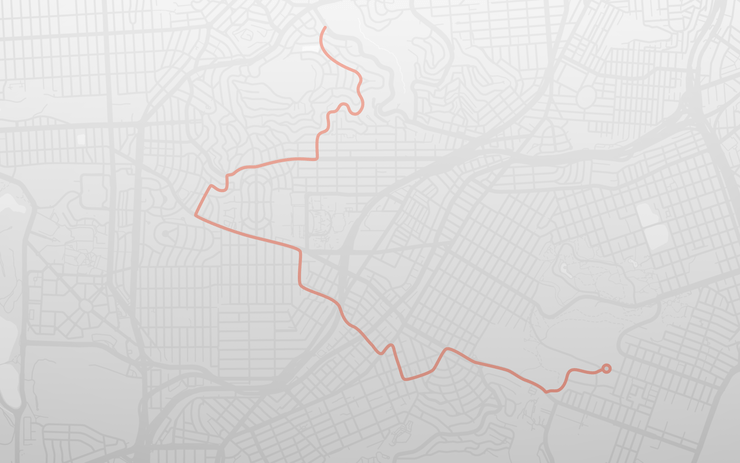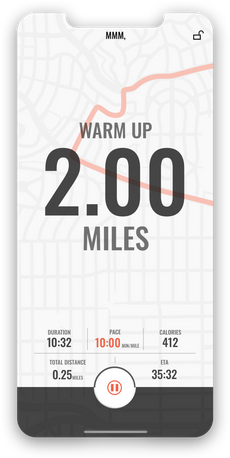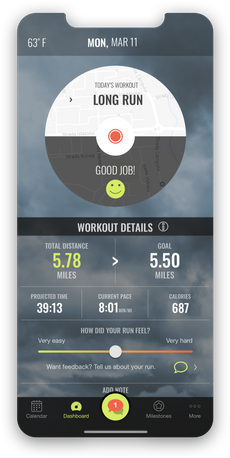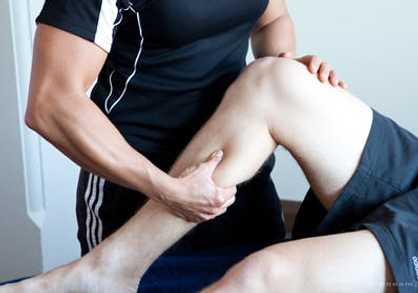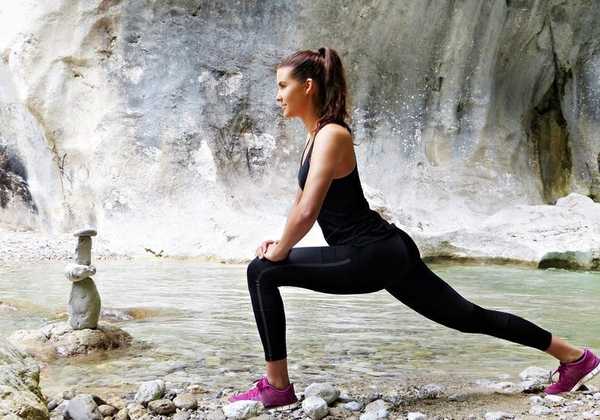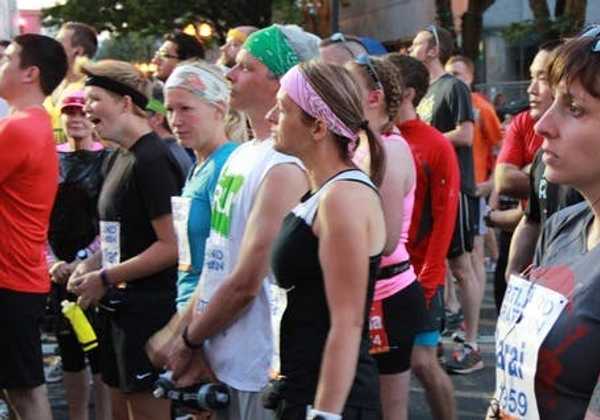I've got this weird pain in my leg (or knee or foot), what is it?
May 14th 2020
by Matt Forsman a.k.a. Marathon MattThe act of running can generate anywhere from 3-5 times your body weight in impact force per footstrike. Covering just a single mile can generate thousands of jarring footstrikes. Not surprisingly, a fear many runners have is being felled by injury.
There are many things you can do to reduce the chances of running related aggravations/injuries. But, it's virtually impossible to eliminate the possibility of injury entirely. The best runners on the planet with perfect biomechanics/form and the best support and resources at their disposal still end up sidelined occasionally.
The good news is that most aggravations and injuries can be overcome. But, in order to overcome them, you need to be able to hone in on exactly what's awry. You also need to identify how to best treat the injury when it comes up.
Aches and pains typically provide clear clues as to what's ailing you. Outlined below are some of the most common 'clues' your body provides, what they likely mean, and how to best deal with them.
We hope you never find yourself injured. But, everybody hurts...sometimes.
I've got this funky pain on the outside of my knee.
You might have ITBS (iliotibial band syndrome). This is a connective tissue injury due to friction between the distal lateral quads, ITB and hamstring tendons located on the outer part of your knee. It may be tender to the touch and can be aggravated by running, particularly downhill.
It may develop due to a combination of lateral hip weakness especially in the gluteus medius, tightness in the lateral side of your hip and quads, or poor foot biomechanics, particularly with overpronation. Some other factors that may contribute to ITBS are leg length differences, core weakness and running on cambered roads.
Possible treatments to alleviate your pain may include a strengthening program for your glutes that includes exercises such as bridging, sidesteps with a resistance band, and sideplanks. Other possible treatments are light foam rolling around the glutes and outside quads and trying a new pair of running shoes.
Related: How to Treat and Prevent Runner's Knee
I have pain at the bottom of the back of my leg. It's been bothering me for awhile.
You may have achilles tendonitis/tendonosis. While tendinitis refers to a more acute injury, tendonosis is a more chronic condition related to failed healing of the injured tissue causing thickening of the tendon and scar tissue. You may have tenderness when you squeeze the achilles tendon and notice some swelling or even a small bump. This may be due to repetitive trauma, poor foot biomechanics, tight calves or weakness in your hips and core.
Conservative treatments include foam rolling your calves, rest, choosing exercises that are easier on the tendon like swimming or biking, or hip and core strengthening (bridges, front and sideplanks, sidelying shells, side steps with a band resistance band). Orthotics may be helpful to correct any misalignments or a new pair of shoes may be worth exploring.
I'm dealing with this really intense, searing, nauseating pain in my leg. It's so painful. I can't run on it.
This may be a stress fracture. Most stress fractures are caused by overuse when the muscles become fatigued and no longer absorb the shock of running, a sudden significant increase in mileage, a change in shoes, or decreased bone density (i.e. osteoporosis).
It may feel like a deep ache that eases with rest, worsens with activity, but never seems to improve. The pain may increase at night and gradually worsening overtime. It is a good idea to see a medical professional to get this diagnosed. It is important to avoid pain which means you may need to walk with crutches or a walking boot to assist the healing process. If pain-free you may be able to swim, bike or do yoga to maintain your level of fitness while you are healing.
I've got this weird achiness/pain in my shins.
You may have SHIN SPLINTS also known as MEDIAL TIBIAL STRESS SYNDROME or ANTERIOR TIBIAL STRESS SYNDROME.
This can be caused by excessive pronation (flat foot) or excessive supination (high arched foot), leg length difference, improper shoe wear or worn out shoes, poor running mechanics, overtraining or a dramatic change in training (frequency, duration, intensity, or terrain).
The muscles that attach to the MEDIAL (inner edge) tibia or the ANTERIOR (front outer edge) tibia and the covering of the bone (periosteum) where those muscles attach can become inflamed with repetitive or excessive activity. The MEDIAL muscles include the posterior tibialis and soleus while the ANTERIOR muscles include the anterior tibialis and the interosseous membrane.
You may develop vague, diffuse pain along the edge of the tibia and often tenderness in the muscles. The pain is usually worst at the beginning of activity and decreases during training. Eventually, you may feel you cannot do the activity without pain. It is important to differentiate SHIN SPLINTS from a STRESS FRACTURE – the tenderness along the tibia is usually more diffuse and there is a lack of edema with SHIN SPLINTS.
If there is concern for a STRESS FRACTURE, you should see your physician. Treatment for shin splints can include activity modification – non or low impact activities, cross training, decreasing distance and intensity, avoiding hard surfaces (concrete); change of shoe wear – replacing shoes regularly and making sure you are in the proper shoe; lower extremity and core strengthening; lower extremity flexibility. A biomechanical analysis as well as video analysis of your gait can assist in correcting biomechanical alignment issues.
Related: How to Get Rid of Running Blisters
When I get out of bed in the morning, there is a sharp/searing pain in my heel. This pain is really pronounced when I run.
You may have PLANTAR FASCIITIS. This can be caused by tight calf muscles, incorrect shoes, a heel spur, poor biomechanical alignment, excessive pronation (flat foot) or excessive supination (high arched foot), training or surface errors, a thin fat pad at the heel, or high impact activity without adequate strength.
The plantar fascia is fascial tissue that runs from your heel to your toes and supports the arch of the foot. It is designed to absorb the stress and strain we put on our feet but sometimes the tissue can be irritated by putting too much stress on it. This leads to inflammation, pain at the heel or along the arch, and stiffness.
Often you will have pain first thing in the morning due to tightness in your calves and the fact that your foot and ankle stay in one position during the night. Treatment can include ice, calf stretching, strengthening of the muscles of the foot and ankle, modifiying your training as well as the surfaces you are training on, taping, custom shoe inserts or orthotic devices, and/or evaluation of shoe wear. A biomechanical analysis as well as video analysis of your gait can assist in correcting biomechanical concerns.
Should you find yourself injured and in need of help to get back on your feet, Sydney and her team of physical therapists at Therapydia SF are here to help!
Want to get better at running? Try SportMe app and you'll get a training plan based on your skills and schedule. Check it out!

